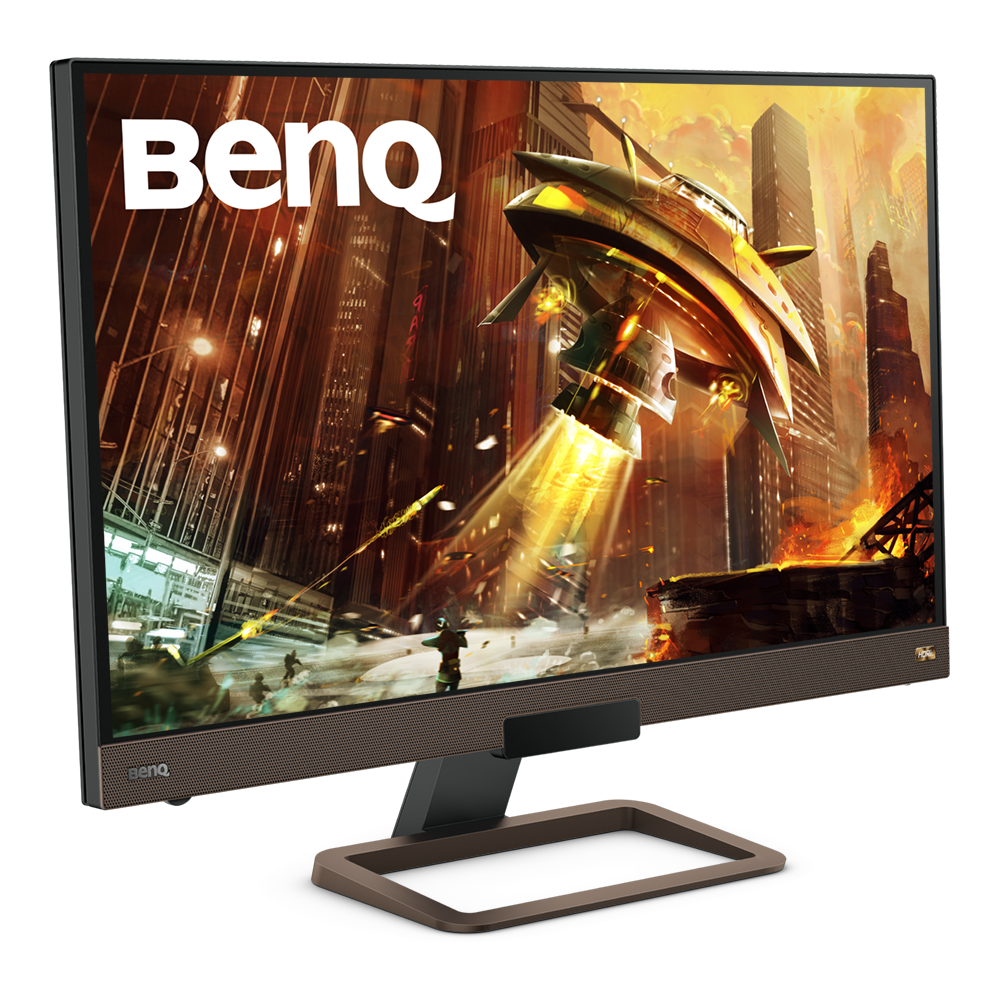Things become murky and complicated because human vision is neither analog nor digital. While we have tests to measure eye sight quality, none offer precise standards. We can’t determine people’s vision in pixels or resolutions as neatly as we do with technology – not yet at least!
That means viewing distance tends to come across as very subjective, almost like a taste test. You have people that think good 1080p content looks like 4K and others who can’t tell the difference between 8K and 720p. But assuming “perfect” eye sight in a theoretical person (20/20 vision, also known as 6/6 and other terms), we can assert reasonably applicable markers you can use for the best results possible.
To be blunt, if you sit too far from a display you’ll waste whatever benefits it may offer. From far enough even 16K looks the same as 480p. Humans simply can’t notice details beyond a certain distance, usually 7m or farther out. Go to a movie theater and check that for yourself. Can you tell if the movie’s playing in 4K, QHD, or 1080p? We’ll answer that for you, you can’t. And at movie theater distances it doesn’t really matter. You could sit really close to the screen, but then your field of vision may get drowned out or you’ll see individual pixels, which makes for a very unpleasant experience.

